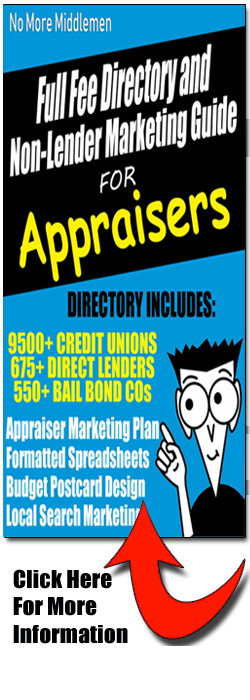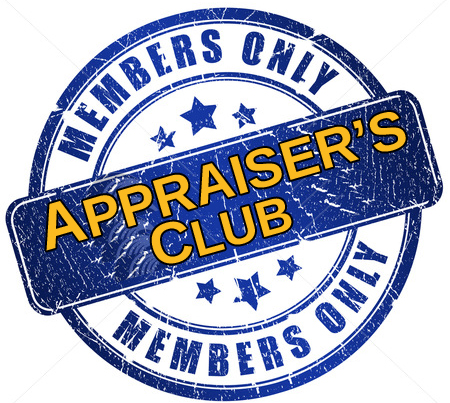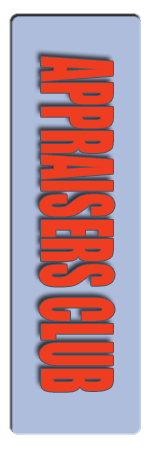Short-term rentals and Form 1007
Recently, Fannie Mae has received many questions about the Single-Family Comparable Rent Schedule (Form 1007). It enables the appraiser to document the estimation of monthly market rent for the subject property when completing an appraisal on a single-family investment property for conventional lending. It can also be used for condominium investment properties.
The Selling Guide allows lenders to use rental income for qualifying purposes under certain circumstances. Form 1007 is only required when rental income is used to qualify, and the subject is a one-unit investment property. The lender may also use the 1007 as the basis for reporting gross monthly rent at loan delivery. (See “Reporting of Gross Monthly Rent” in B3-3.1-08, Rental Income.) For refinances, the 1007 is used in combination with either tax returns or lease agreements, while for purchases, the 1007 may be used in combination with lease agreements or as a stand-alone.
One question we often hear is whether the 1007 should be used for short-term rentals (STRs). The Selling Guide is silent on whether an STR should be considered rental income. STRs differ from longer-term leases in several ways. The most obvious is the length of the agreement: STRs are typically executed on a nightly basis, similar to a hotel, while residential leases are typically structured on a monthly basis. Also, STRs typically involve not only usage of the real property but also personal property, such as furniture, fixtures, and equipment (FFE). STRs are typically executed with a terms and conditions agreement, not a lease agreement. The STR may include additional services such as food or housekeeping.
Note: When appraising an STR for conventional mortgage lending, the appraiser must take care to only include the real property in the value, not the personal property or the business/going concern.
In light of these differences, it may make the most sense to think of an STR as a going concern and the income as business income rather than rental income. But, under our current policy, the decision of how to categorize the STR income is up to the lender. If the lender chooses to treat STR income as business income, then Selling Guide provisions for underwriting business income would apply, and the lender would not need a 1007. Conversely, if the lender chooses to treat it as rental income for qualifying purposes, then the lender must obtain Form 1007 where specified by the Selling Guide.
The 1007 was not designed for appraising single-family properties that are used as STRs. Specifically, the 1007 calls for the “Indicated Monthly Market Rent.” This means the appraiser needs to analyze competing properties leased on a monthly basis. It would be incorrect for the appraiser to use STR comparables and then multiply the nightly STR fee by 30 to estimate a monthly rent. Such an approach would fail to account for FFE, other services, vacancy rates, and business expenses.
In summary, while a lender may choose to request a 1007 for an appraisal of an STR, in fulfilling the assignment the appraiser must use rental comparables with monthly lease rates to support the “Indicated Monthly Market Rent.” Alternative definitions and methodologies are not acceptable. Form 1007 cannot be used to estimate the nightly fee for an STR.








